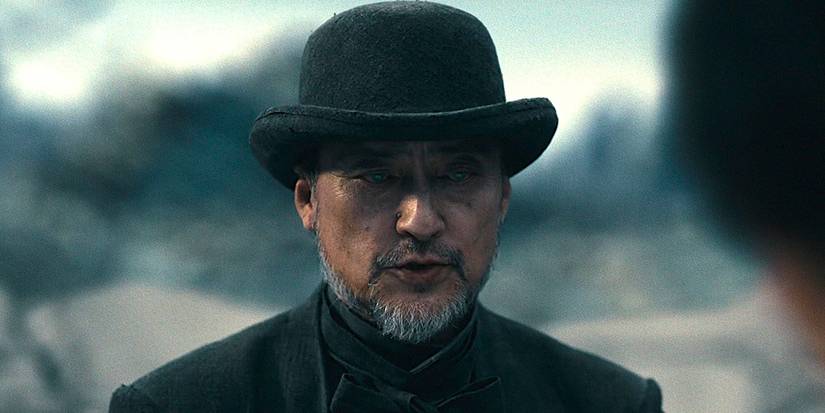
Alice in Borderland season 3 surprisingly has just six episodes, which makes it two episodes shorter than its predecessors. While it is not unusual for shows to reduce their episode counts in the later seasons, its shorter runtime makes it hard not to wonder why this creative decision was taken.
Extending the Japanese live-action Netflix show beyond the original manga, Alice in Borderland season 3 does a brilliant job of telling an original story where its protagonists, Arisu and Usagi, return to the titular Borderlands. With a new installment, Alice in Borderland season 3 also features a new set of survival games that are both innovative and refreshing.
However, instead of lasting as long as seasons 1 and 2, Alice in Borderland season 3 ends its run with only six episodes. While its ending still feels satisfying and conclusive, the change in its storytelling structure raises many questions about why its creators decided to make it more compact instead of sticking to the old episode format.
Alice In Borderland Season 3 Is The Shortest So Far
In both seasons 1 and 2, Alice in Borderland had a runtime of eight episodes. Owing to this, it was hard not to expect it to have the same number of episodes in season 3 as well. However, unlike its predecessors, Alice in Borderland season 3 wraps things up early by ending its run and concluding its story in just six episodes, making it the shortest installment in the series.
Things Moved Much Faster In Alice In Borderland Season 3 Compared To Seasons 1 & 2
Perhaps one of the biggest reasons why Alice in Borderland season 3 is much shorter than the previous installments is that it gets rid of most main characters from previous installments. With its primary focus on Arisu and Usagi, it moves things much faster in its opening arc.
Unlike seasons 1 and 2, it does not wait before immersing viewers into its drama and action. Instead, from its early story arcs, it dives right into the fantastical world of the Borderlands and starts walking audiences from one survival game to another. Season 3’s primary conflict is also driven by one major mystery.
Seasons 1 and 2 had a lot to answer about why and where the Borderlands exist, and why only some humans had ended up in the otherworldly place as players. The show’s season 2 also had a lot of explaining to do surrounding the Citizens and how they acquired their positions of power in the world between life and death.
With almost all of these questions answered in Alice in Borderland season 2’s ending arc, season 3 was driven by only one primary conflict: Who is the Joker? With fewer questions to answer and lesser mysteries to resolve, season 3 ended its run far sooner than its predecessors.
Why The Lower Episode Count Worked For Alice In Borderland Season 3
When it solely comes to the show’s primary characters, almost all of them got satisfying closures toward the end of season 3. Even Arisu’s narrative reached a well-rounded conclusion. However, the show had still not completely resolved Usagi’s story, so it made sense for season 3 to emphasize her grief for her father and use it as a narrative device to drive its story.
By taking Usagi back to the Borderlands, Alice in Borderlands season 3 also found a solid reason to mark Arisu’s return, but this narrative thread did not give the show a strong enough reason to feature every original player from previous seasons. Since its primary focus was only on two characters this time, Alice in Borderland season 3’s shorter runtime worked incredibly well.








